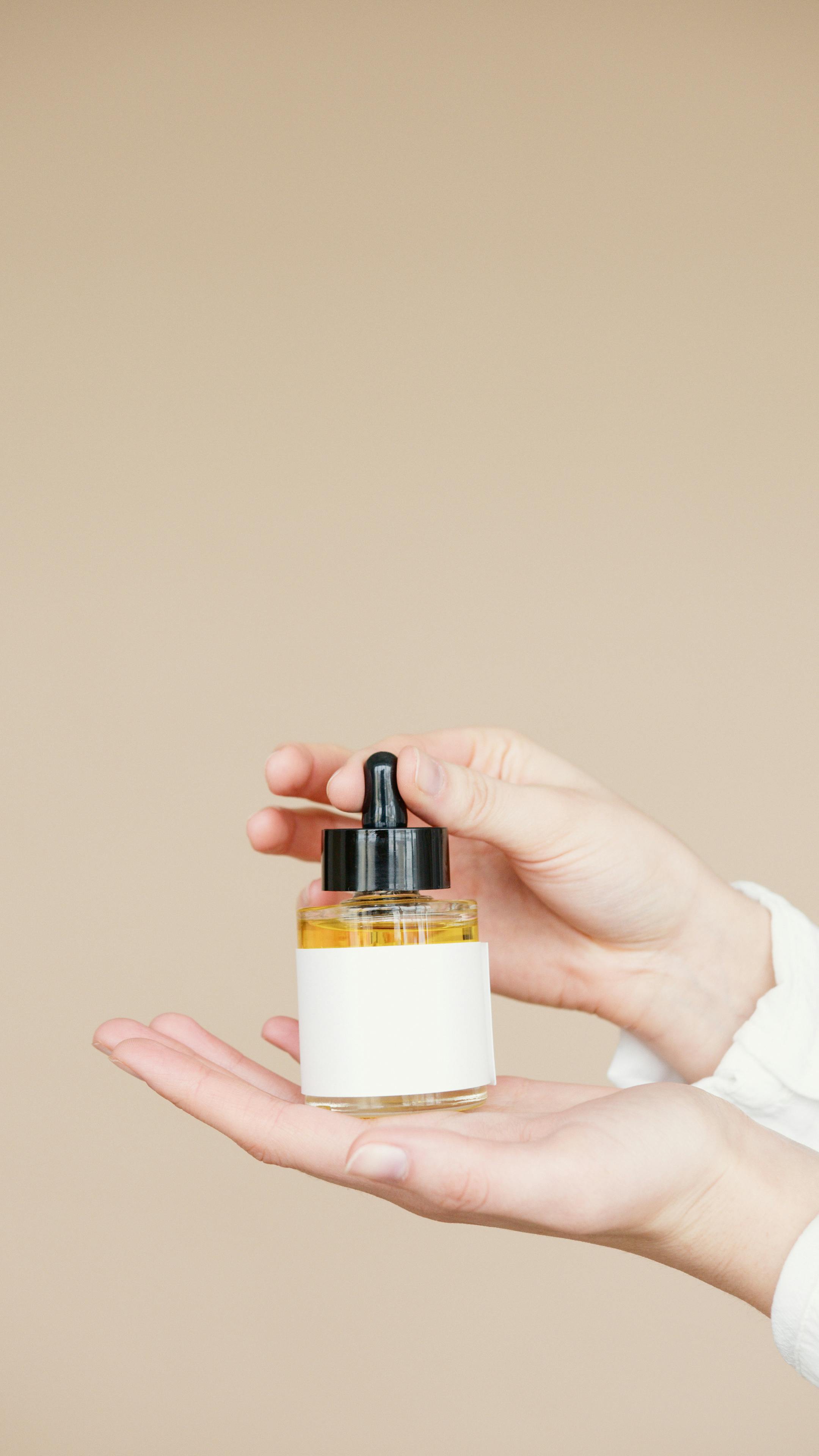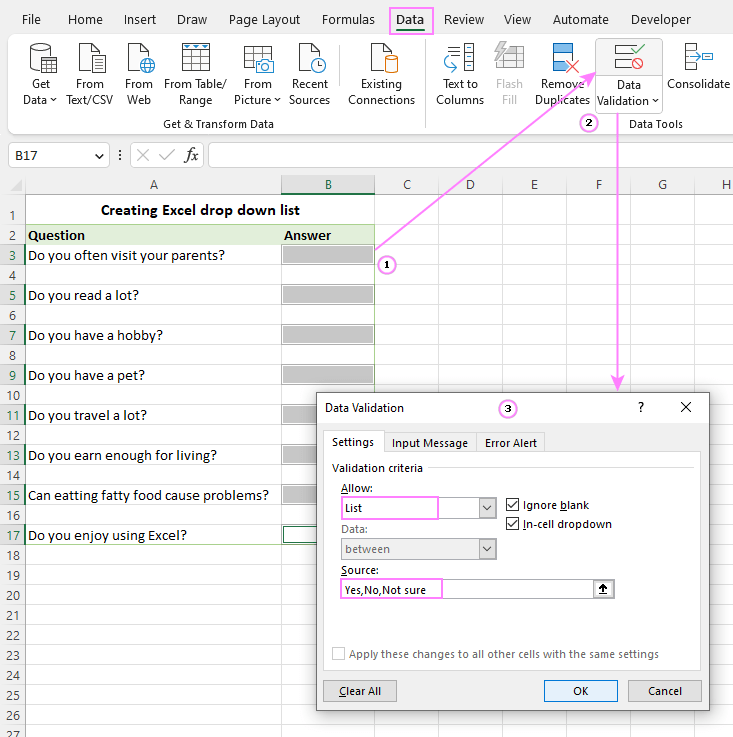Apply Now
Smart Ways to Store Honey for Long-lasting Quality
When it comes to preserving the delightful sweetness of honey, it's essential to adopt proper methods to ensure its long-lasting quality. Whether you're an avid honey lover or just a casual consumer, understanding how to store honey can make a significant impact on its taste, texture, and health benefits. This article focuses on the best practices for honey storage, aiming to help you retain its original flavors and health properties.
Honey, known for its unique benefits, thrives under optimal storage conditions. Not only does proper storage prevent honey solidification and maintain its liquid form, but it also keeps air exposure and moisture at bay. Knowing the nuances of honey varieties is essential as they can differ in their storing requirements. In this article, we will explore the best ways to store honey, highlight some common storage myths, and provide tips for keeping your honey fresh for longer.
Key takeaways from this discussion include methods for storing honey properly, understanding the best types of containers, and essential tips for avoiding common honey storage mistakes. Whether you're examining the impact of temperature control on honey quality or the benefits of using glass jars versus plastic containers, this guide will cover everything you need to know.
Understanding Honey Varieties and Their Storage Needs
Building on the fundamentals of honey storage, it's crucial to explore the different varieties of honey and their specific storage requirements. Each type of honey possesses distinct properties and characteristics, which can influence its shelf life and storage conditions. For example, raw honey, known for its health benefits, has a longer shelf life compared to processed honey. Understanding these differences can guide you in choosing the optimal storage method.
Different Types of Honey and Their Properties
Honey varies based on its floral source, which contributes to its flavor, color, and texture. Some popular varieties include clover, wildflower, and manuka honey. Each of these types has unique preservation properties. For instance, manuka honey is renowned for its antibacterial properties, making it an excellent candidate for long-term storage. It's crucial to ensure that these varieties are stored in an environment that maintains their integrity.
How Temperature Affects Honey Storage
The temperature at which honey is stored plays a critical role in maintaining its freshness. The optimal storage temperature for honey is between 50°F to 80°F (10°C to 27°C). Storing honey in cool places, away from direct sunlight, helps preserve its unique flavors and nutritional value. Factors such as humidity also come into play, as excessive moisture can promote fermentation.
Glass Jars vs. Plastic Containers
Choosing the right container is essential for honey preservation. Glass jars are often preferred due to their non-reactive nature, which keeps honey free from contaminants. In contrast, plastic containers may release harmful chemicals if not food-grade. For long-term storage, glass jars are the best way to store honey while minimizing the risk of compromising its quality.
Best Practices for Honey Storage
With the primary honey storage principles established, let's delve into some effective techniques that can help you maintain the quality of your honey for an extended period.
Airtight Containers for Honey Preservation
Using airtight containers for honey is crucial to prevent air exposure, which can lead to crystallization or spoilage. Containers should be sealed tightly to create an environment that protects the honey from moisture and air. Vacuum sealing is an excellent method that further enhances honey's longevity by removing any air pockets.
Preventing Honey Crystallization
Over time, many honey varieties may crystallize due to natural processes. To combat this, store your honey in a dark place to limit light exposure, which can encourage crystallization. If your honey has already crystallized, don’t worry! Simply place the jar in warm water, gently heating it until the crystals dissolve, restoring its original texture.
Homemade Honey Storage Tips
For those who prefer a DIY approach, creating your own honey storage solutions can be a fun project. Utilizing food-grade containers, you can create a layered storage system for different honey types. Labeling each jar based on its variety and storage date can also help in managing the inventory effectively.
Common Honey Storage Myths
While discussing honey storage, it's important to debunk some common myths that can lead to poor honey care practices.
Myth: Honey Needs to Be Refrigerated
Contrary to popular belief, storing honey in the fridge is not recommended. Cold temperatures can accelerate crystallization and alter the flavor profile. Instead, keep honey in a cool, dry cupboard or pantry to maintain its integrity.
Myth: Honey Doesn't Expire
While honey has a remarkably long shelf life, it is not completely immune to spoilage. If stored improperly, honey can ferment, especially if moisture seeps in. Understanding the right storage practices will prolong its life and keep it fresh.
Myth: Any Container is Suitable for Honey
Not all containers are created equal when it comes to storing honey. Containers that aren’t food-grade can react with honey, affecting both its flavor and health benefits. Always opt for high-quality glass jars or specific food-grade plastic containers for best results.
Long-Term Honey Storage Solutions
For those looking to store honey in bulk or for an extended period, there are certain strategies to consider.
Storing Honey in Bulk
If you buy honey in large quantities, proper storage becomes even more critical. Use larger glass containers that are airtight and make sure to divvy portions into smaller jars for regular use, while keeping the bulk supply sealed and stored in a dark place.
Vacuum Sealing Honey
For ultimate long-term storage, vacuum sealing honey can be an effective method. This technique minimizes air exposure, significantly reducing the chances of spoilage or crystallization. Follow vacuum sealing instructions carefully to create an ideal storage environment.
Managing Honey Aromas
Honey can absorb odors from its surroundings, which may alter its taste. To safeguard the original honey flavors, ensure that it is tightly sealed and stored away from strong-smelling substances, such as spices or cleaning products.
Expert Recommendations for Honey Preservation
To wrap up our exploration of honey storage, let’s look at expert recommendations that can enhance your honey care routine.
Regular Checking of Honey Quality
It’s beneficial to regularly check your stored honey for any signs of spoilage or changes in texture. Monitor for unusual odors or color shifts, which could indicate contamination or degradation.
Utilizing Honey in Daily Recipes
Incorporating honey into your daily meals not only utilizes its flavor but also promotes freshness. Use it in baking, as a sweetener in tea, or as a topping for yogurt. This will help you enjoy the health benefits of honey while minimizing waste.
Final Thoughts on Honey Storage
Ultimately, how you store honey can significantly influence its quality and longevity. By adhering to the best practices discussed above, you’ll ensure that your honey remains fresh and full of flavor. Embracing these techniques will enhance your overall experience with honey, inviting you to enjoy its unique properties and health benefits for longer.




